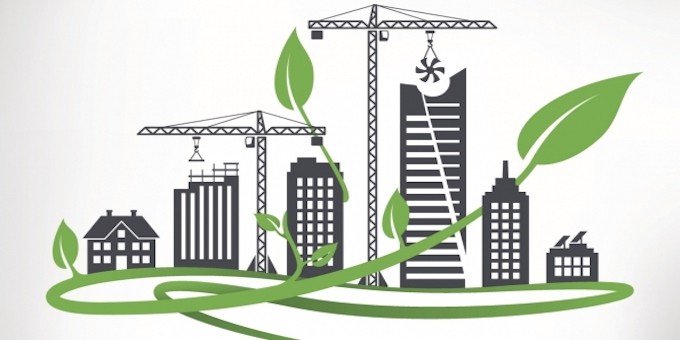Green Construction: Building a Sustainable Future
Introduction
As our society becomes more aware of the importance of sustainability, the construction industry is also adapting to meet the demands for greener and more environmentally friendly practices. Green construction, also known as sustainable construction, focuses on reducing the negative impact of buildings on the environment throughout their entire lifecycle.
The Benefits of Green Construction
Green construction offers numerous benefits, both for the environment and for the people who inhabit these buildings. Firstly, it helps reduce carbon emissions by promoting energy-efficient designs and the use of renewable energy sources, such as solar panels or geothermal heating. This not only reduces the building’s carbon footprint but also lowers energy costs for its occupants.
Secondly, green construction emphasizes the use of sustainable materials, such as recycled steel, bamboo, or reclaimed wood. These materials are not only eco-friendly but also often contribute to healthier indoor air quality, reducing the risk of respiratory problems for the building’s occupants.
The Role of Technology
Technology plays a crucial role in advancing green construction practices. Building Information Modeling (BIM) software allows architects and engineers to create digital representations of buildings, optimizing their design for energy efficiency and reducing waste during construction.
Furthermore, the Internet of Things (IoT) enables smart buildings that can monitor and adjust energy usage in real-time. This technology can automatically regulate lighting, heating, and cooling systems, ensuring optimal energy efficiency while maintaining occupant comfort.
Conclusion
Green construction is an essential step towards creating a sustainable future. By prioritizing energy efficiency, the use of eco-friendly materials, and leveraging technology, the construction industry can significantly reduce its environmental impact. It is crucial for architects, engineers, and developers to embrace these practices and work together to build a greener and more sustainable world for future generations.
